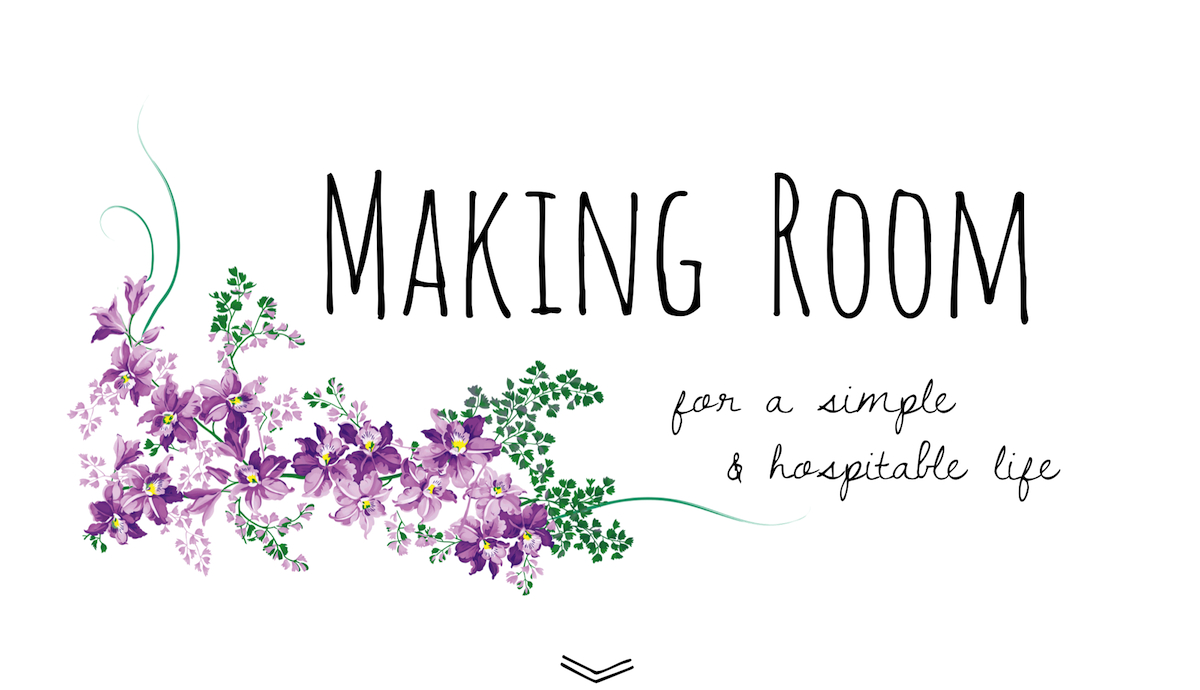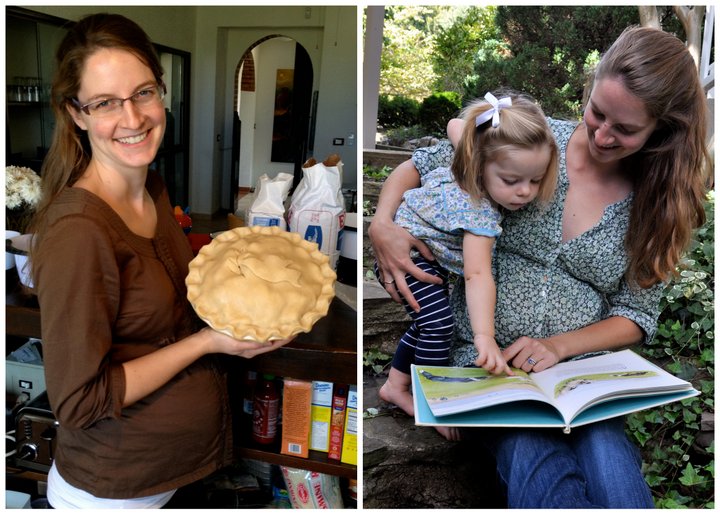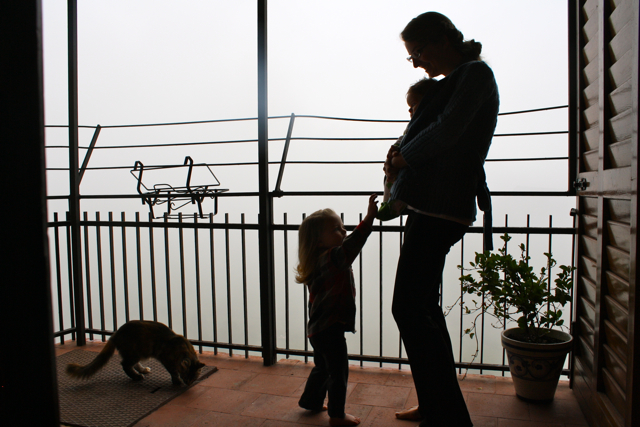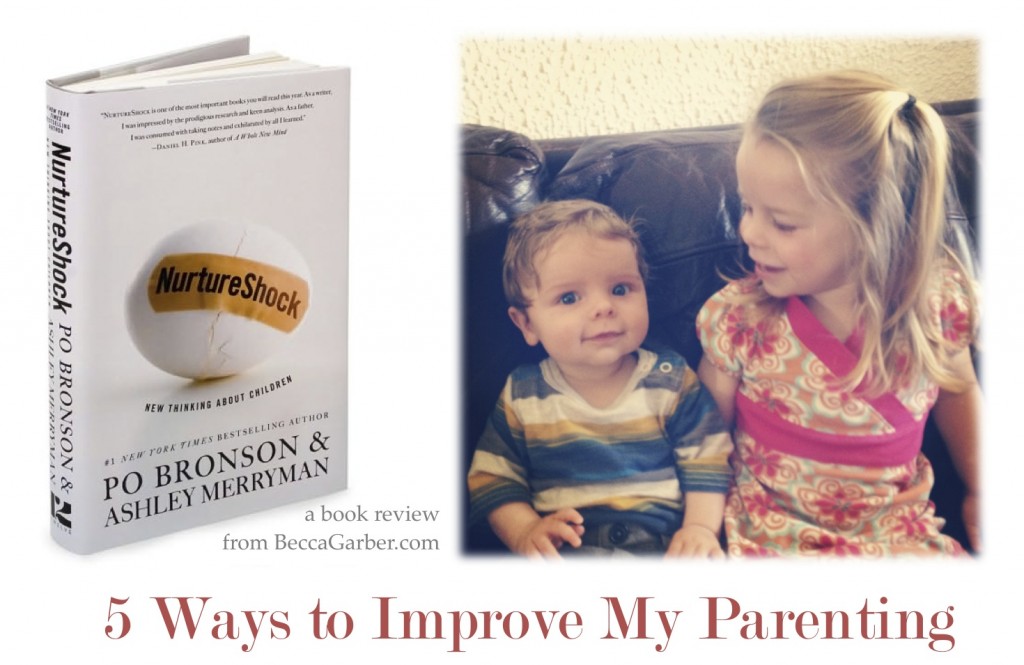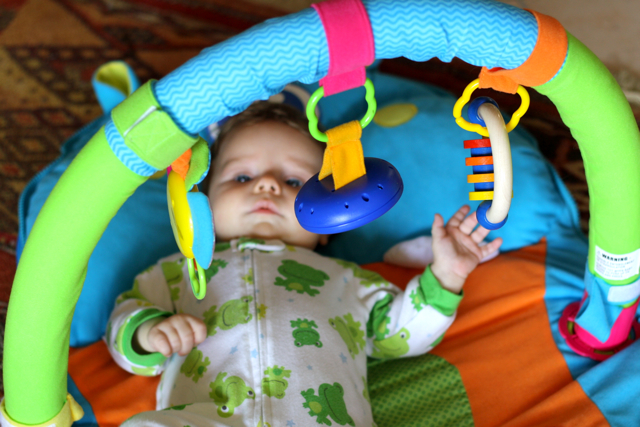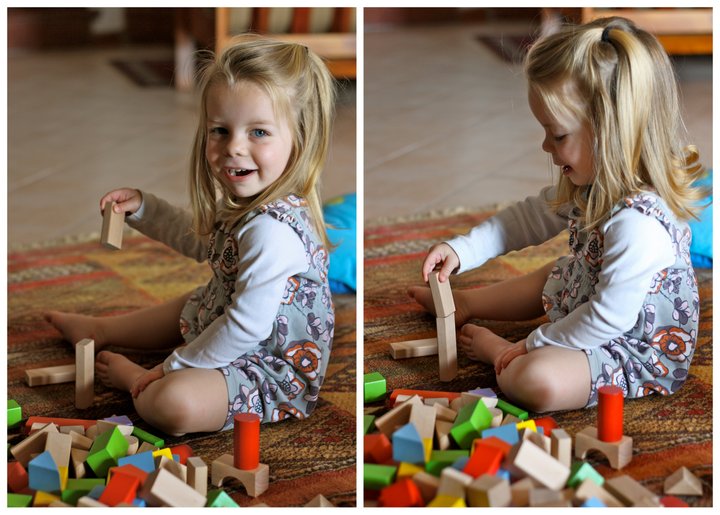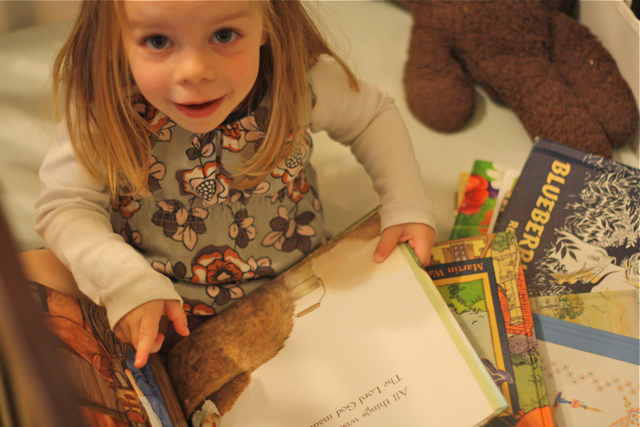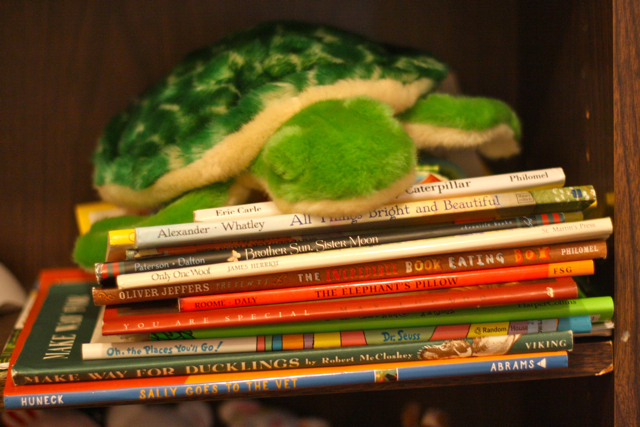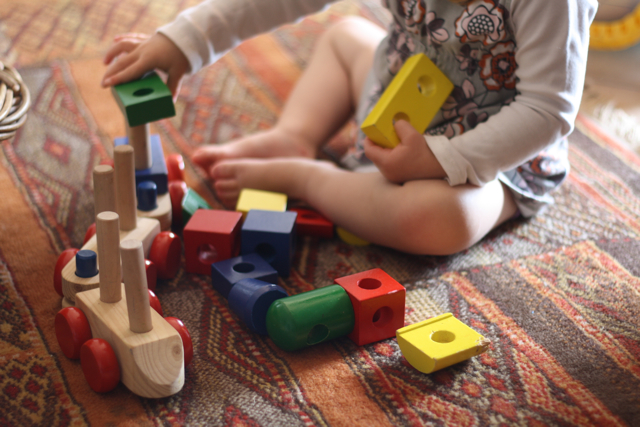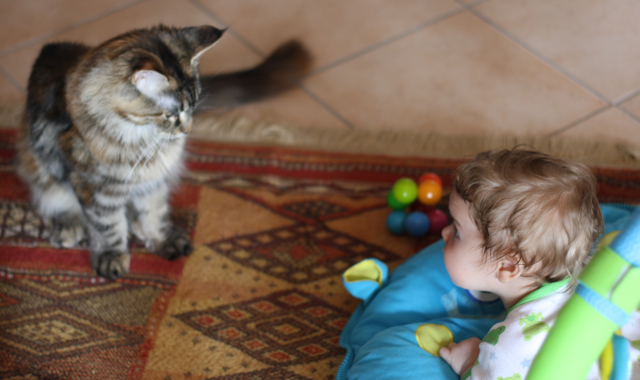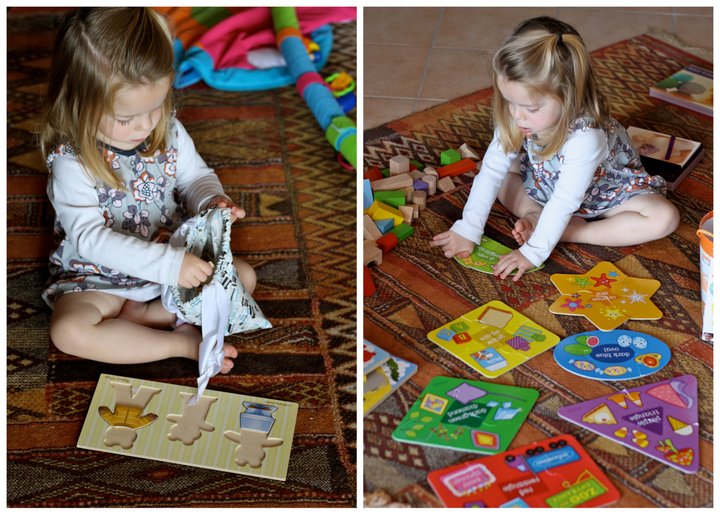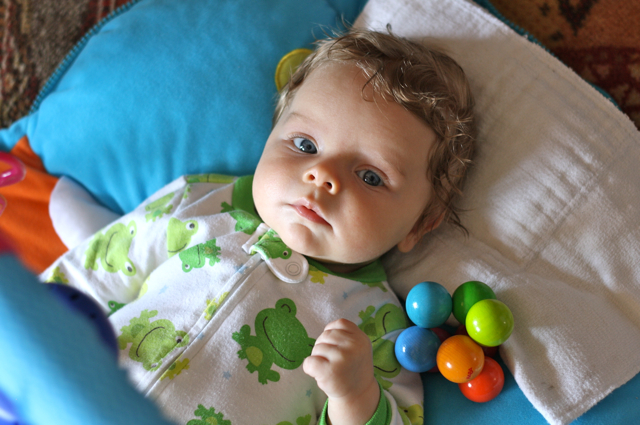Some of you already know this, but my dear friend Johanna recently announced that she is expecting her first baby! I cannot wait to meet that little bundle in the spring. He or she? Curly hair or strawberry blonde… or both?
With all the joy — “this is really happening!” — comes so many questions. “Maternity clothes? Choosing baby items? Working within a budget?” She asked me to pass along any advice that I had as it came to me, and I thought it might be fun to turn the multiple emails I knew I’d be writing to her into a bunch of blog posts for her… and for other new moms out there, too.
So, whether you’re in the thick of this stage, looking forward to it (or dreading it!), or waving at it in the rearview mirror, welcome to a new little blog series on Making Room. Please share your own tips and advice; we’d all love to learn from each other’s wisdom!
——–
Johanna wrote that maternity clothes that are “attractive/affordable seem awfully hard to find!” I remember feeling the same way in those early days too, as price tags discouraged me (“but I’ll only be wearing this for a few months…”) and the cheapest things often just weren’t my style. Can anyone else relate?
Over two pregnancies, though, my maternity wardrobe has grown and I now love many of the pieces in it. Some of them are totally cute and I was excited to wear them again when I was pregnant with Gil! However, I didn’t build my wardrobe by dipping in and out of maternity stores or by online shopping. The truth is that I spent no more than $50 on my entire maternity wardrobe (right down to undergarments, which were all new). My strategy is…
Beg. Borrow. Steal.
1. Beg, ie. ask for things
Let people — especially family members and close friends — know that you are in need of maternity clothes.
All of the maternity pieces in the two photos above (dress, jacket, sweater, jeans) were gifts from my mom and mother-in-law. (The scarf was a non-maternity gift from my sister!) They knew I needed maternity clothes and so that is what I got for my birthday and for Christmas. All of these pieces have gotten a lot of mileage in both of my pregnancies, so thank you, Mama and Mom!
Also, letting close friends know you need maternity clothes can lead to some fun surprises. A friend might be in Old Navy, see something cute, and think of you! Or, in the case of my sister-in-law Jess, they might decide to go on an online shopping spree and surprise you with a box in the mail. (All the things you got for me, Jess, were wardrobe staples for both me and Becca Arthur. Thank you again and again!)
Finally, don’t be afraid to return things if they just aren’t your style. Most people who gave me maternity clothes also handed me a receipt “just in case.” I took advantage of that in a couple of instances and often walked out of the store with a much larger pile of clothing than I walked in with, thanks to sales and coupons.
2. Borrow
Ask a friend, neighbor, or community member
if you can borrow their maternity stash.
The shirt in the photo above was one of many incredible maternity clothes that I borrowed from this super talented young lady. She and I were a part of the same church in D.C. and she had listed her maternity clothes as “available to borrow” in the moms’ group. I was kind of sorry to give them back after Lena was born. They were cute! Highlight of that experience: walking into a church event and having her and multiple other women say, “Hey, I know who you borrowed that pretty maternity top from!”
The Girlfriends’ Guide to Pregnancyhas a lot to say about sharing maternity clothes. I enjoyed that book and recommend that section of it.
3. Steal, ie. find things for a steal
A beautiful maternity wardrobe does not have to cost much. It takes patience and time to build an attractive, functional maternity wardrobe on a dime (ie. a steal).
However, patience and time are two things our culture does not value. Here are a few tips to help you thoughtfully build your wardrobe on a budget (and with things you like!):
- Make your current clothes last as long as possible. With most first pregnancies, you won’t need real maternity clothes until halfway through or more. You can make your regular clothes stretch (pun intended) by sticking to more forgiving, flexible materials and patterns. The green floral top I’m wearing above is one of my favorites… but it’s just a size L shirt from H&M that has a tie in the back (and cost $5 on sale). For your pants or jeans, use “the rubber band trick.” (<– that is a great blog!)
- Hand-me-downs are amazing. I love love love my neighborhood moms’ group on Capitol Hill in D.C.; it networked the community so well through a simple email listserve. With about 5,000 moms on the listserve, there was always something baby- or maternity-related that someone wanted to give away (like the brown blouse above). Through taking others hand-me-downs, sorting through, donating what I didn’t want, and saving what I did, I got most of my maternity staples for free. (And yes, I did this while working full time.) Is there a moms’ community in your neighborhood, church, town, or city? If not, start one. All it takes is a Yahoo or Google Group and a few ground rules. Here in Italy the moms in my community use a Facebook page.
- Shop sales and thrift stores. Check out Craigslist for women who are desperate to sell their whole maternity wardrobes. Take your time… there is gold out there!
- Buy only when you need to. Your body will change and clothes will not fit the same at 20 weeks (“these maternity pants are huge… lucky me!”) and 40 weeks (“I cannot fit in anything. Time to be born, baby.”) When you don’t fit into what you have, it’s time to go shopping. You’ll be disappointed if you bought everything you thought you’d need at 20 weeks and then get tons of hand-me-downs and gifts… and end up with a lot of money wasted.
- Finally, accessorize. Taking time to add a scarf, belt, boots, or earrings somehow takes you from wearing “preggers clothes” to “an adorable outfit.” I am terrible at this, but I love this mom’s ideas for “dressing the bump.” Made me want all her clothes!!!
Now it’s your turn! Do you have any advice for dressing well during pregnancy?
